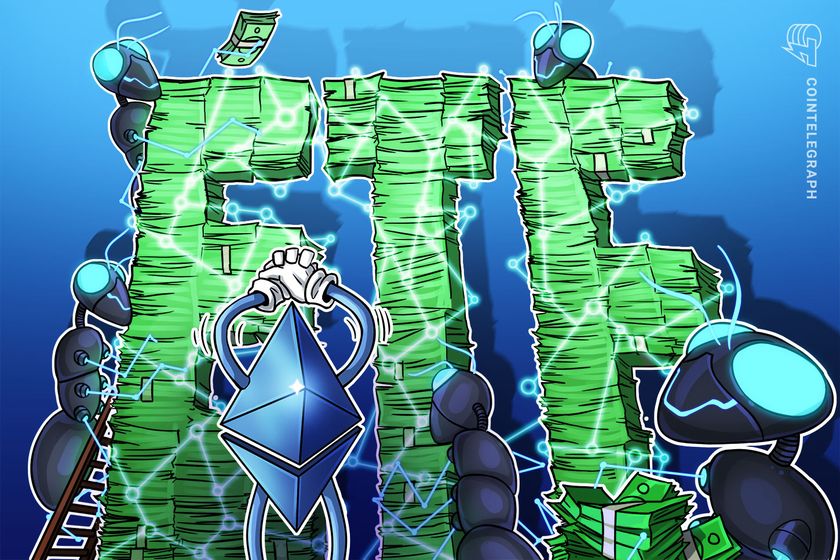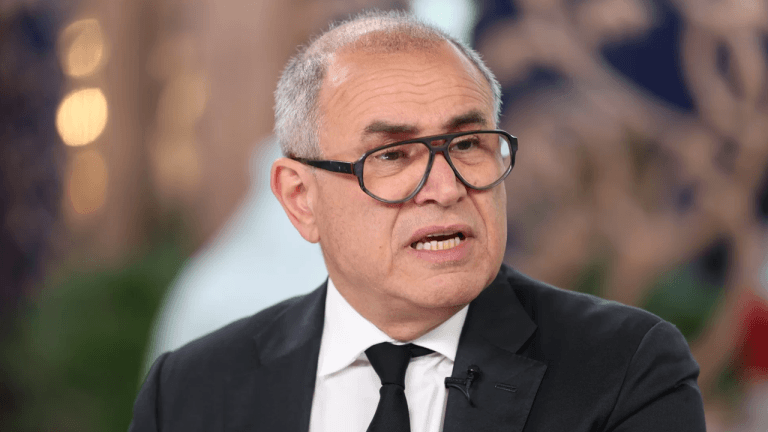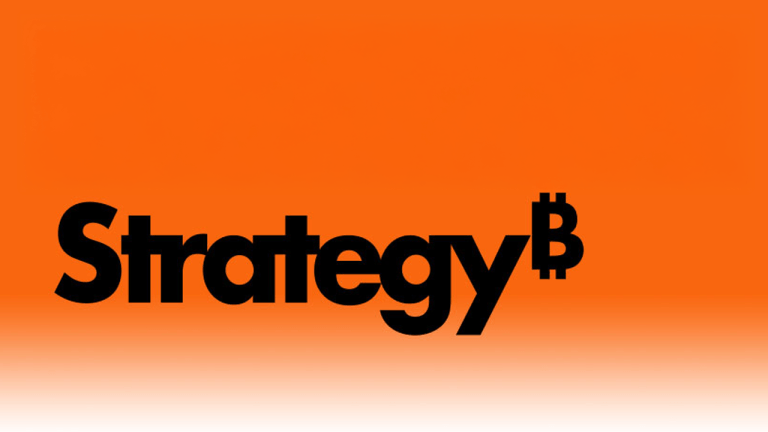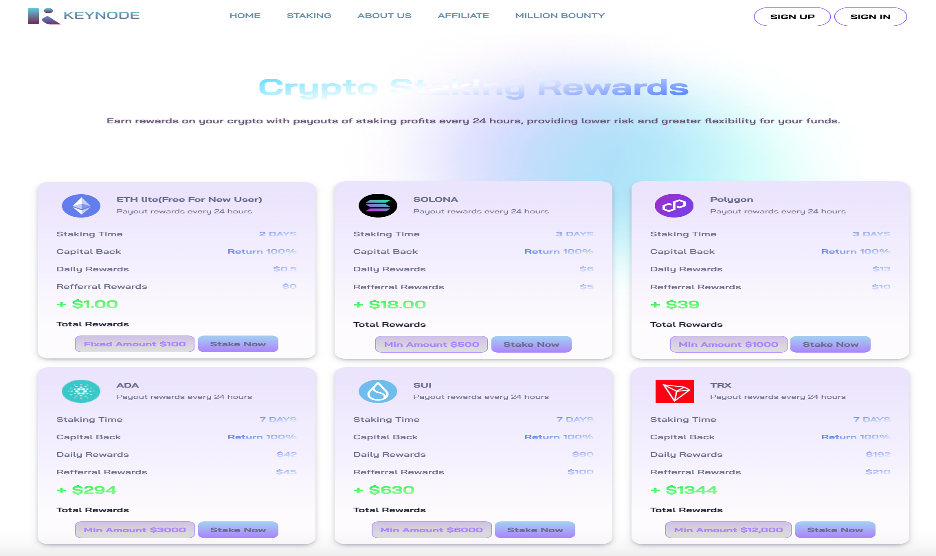Forensic analysis can benefit from tokenization: World Token Summit panel

RAK DAO’s Meng Chan Shu encouraged community members to “keep on building” despite the challenges in the adoption of tokenization.
At the recent World Token Summit 2023 event held in Dubai, a panel discussed how the adoption of tokenization can be scaled further through various tools like address tracking and forensics analysis.
At the event, Cointelegraph spoke with Jeremy Firster, the global head of partnerships at Cardano Foundation, Meng Chan Shu, the head of business development at the Ras Al Khaimah Digital Assets Oasis (RAK DAO); and Ellis Wang, who works with the executive and advisory team at The Private Office of Sheikh Saeed bin Ahmed Al Maktoum.
The group explored various topics relating to tokenization. These included the benefits brought about by the digitalization of assets and the challenges that organizations may face in navigating the realm of tokenization.

Kicking off the panel, Firster highlighted that tokenization’s benefits are found in utility creation. According to the executive, tokenization brings value by providing a tool for access, fund distribution and fragmentation of assets. He explained that:
“What tokenization represents is the ability to capture the digital identity of an asset, its ownership, its value, and its history.”
Contributing to the topic, Wang, who also previously worked in the banking sector, highlighted that some of the main benefits of tokenization are transparency and security, which are inherent features of blockchains. By putting records within the blockchain, the executive believes that tokenizing real-world assets naturally gives them various advantages like the flexibility brought about by smart contracts.
Related: Digitalization won’t displace commercial bank money any time soon: Moody’s
After talking about its benefits, the executive also recognized that there are challenges for organizations navigating the wave of tokenization. According to Wang, the large number of emerging technologies can sometimes make it very difficult to keep up with.
In addition, measures such as know-your-customer (KYC) and know-your-transaction (KYT), which ensure that funds don’t come from illicit sources, add another layer to the various challenges the space has to deal with. Despite this, the executive still believes that tokenization offers a big opportunity for many industries.
Adding to the conversation, Firster said that forensic analysis can really help scale adoption. The executive said that the space reached a point in time where address tracking to very large entities is possible. He explained that:
“It’s all about the rules of how many previous transactions they need to look into, in order to ensure that these funds are clean and clear for use within a trade finance model.”
Firster highlighted that with this, the question of “what information needs to be embedded into tokenized assets to be compliant?” comes up. Giving an example, the panelist talked about tokens being tied to real estate and said that there must be a way to determine on-chain if an asset is truly tied to an asset outside of the blockchain. “So when we talk about digital signatures, we need to have an embedded identity solution, which is also part of KYC,” he said.
Meanwhile, Shu agreed with the other panelists. The executive talked about what the community should focus on when dealing with tokenization. “You need to make sure that ‘that’ token serves a purpose,” he said. The executive noted that it’s necessary to be aware of that purpose. Shu also encouraged the community that despite the challenges they may face as the world goes toward tokenization, they have to simply “keep on building.”
Magazine: US enforcement agencies are turning up the heat on crypto-related crime









